We all want to be “successful” marketers.
But what does success in marketing even mean?
Sure, we can track analytics.
We can count how many social followers we have.
We can watch our number of website visitors grow.
But how do we know what is really successful?
When it comes down to it, there is only one judge for a successful marketing campaign.
The customers.
There are dozens of “how to” guides and “best practices” marketers can follow.
But the truth of the matter is, if your audience doesn’t connect with it, it doesn’t matter how successful it was for another company or brand.
To truly develop a “successful” marketing campaign, understanding your customers is the only thing you need to do.
What is a customer-centric marketing approach?
Customer-centric marketing uses personalized messages, products, content, and more to ensure the consumer is getting exactly what they’re looking for.
But a customer-centric approach needs to go beyond just your marketing.
It requires creating a “customer-centric organization, not just a customer-centric marketing department,” says IDC research analyst Gerry Murray.
Putting your customers’ needs first can help improve relationships with your audience and retain customers.
This is because customers like to feel like they’re being given special treatment.
In fact, 90% of consumers found personalization appealing, while 80% said they’d be more likely to do business with a company that offers personalized approaches.
With a customer-centric marketing approach, companies stop trying to tell their shoppers what they need.
This kind of traditional marketing has become unappealing and untrustworthy.
With 2 in 10 consumers stating they don’t like online ads, it can be complicated to reach shoppers with traditional marketing.
This is where a customer-centric strategy works a bit differently.
Instead of pushing products and hoping someone will buy, customer-centric businesses craft their messaging, products, and content around the unique needs of their target audience.
Let’s take a look at Southwest Airlines.
Airlines notoriously have a reputation for having poor customer service.
Southwest Airlines, however, has been able to remove themselves from this stereotype to provide a customer-centric marketing approach that their customers love.
They don’t stuff their planes full of TV screens, big seats, or fancy meals and then demand extreme prices for these unnecessary luxuries.
Instead, they offer affordable pricing and won’t charge you ridiculous fees for things like baggage or wanting to change your travel dates.
By giving them what they want – not what marketers think they want – they can gain more attention and see higher conversions.
This has put Southwest Airlines at the front of the airline industry when it comes to customer satisfaction.
Now, compare that to United Airlines – a company who hasn’t had the best year.
Who could forget the time they forcefully dragged a passenger off a plane or when they ordered a family to put their dog in an overhead compartment?
United Airlines has struggled to put their customer’s needs at the forefront of their business – and it’s definitely cost them.
Due to their scandals, 67.3% of customers feel at least somewhat negative about the airline with 53.7% feel less willing to purchase a ticket from United Airlines.
Because customers have other options and feel undervalued or even threatened by the company’s lack of attention, they’ll turn elsewhere.
The importance of knowing your customers well
There are over 82 million blog posts published each month – just on WordPress.
Month after month, more and more companies and individuals are taking advantage of blogging.
However, consumers don’t have time to waste on low-quality content they don’t connect with.
And they don’t have to.
If one article doesn’t fit their needs, there are dozens more they can turn to.
The best way to stand out is by creating unique content relevant to the needs of your target audience.
In fact, 58% of content marketers said audience relevance was the biggest contributor to success.
When you can create content that fits the unique needs of your target audience, they can develop trust and familiarity with your brand.
This can make them more loyal to your company and products.
Having loyal customers who make repeat purchases can be a major benefit to your bottom line.
And, there’s proof.
Loyal customers end up being worth ten times their original purchase.
This is because loyal customers are easier to sell to.
This dramatically reduces the amount of time that customer needs to spend being nurtured and convinced.
Instead, they can jump right back into the sales funnel.
In fact, past customers have a 65% chance of converting compared to a 13% chance for new prospects.
By paying attention to your customers’ needs, you can reduce your marketing costs while bringing in more sales and profit.
Loyal customers are also more likely to support you in getting new business.
When a customer is happy with their brand, they’ll want to share their experience with their friends and family.
These recommendations can help boost your trust with new leads and can get you more sales.
In fact, 82% of Americans say they look for recommendations from friends and family when they’re considering a purchase.
When you stop trying to guess what your customers are looking for and start listening to what they’re telling you, you increase revenue while creating long-term relationships.
It’s a win-win.
Take a look at Harley-Davidson.
When you buy a Harley, you’re doing more than just buying a motorcycle. You’re becoming part of a tribe.
This kind of cult brand goes beyond simple brand loyalty.
Harley-Davidson built its reputation as a brand for individuals who don’t play by the rules, but they went beyond that to make it their mission to bring like-minded individuals together.
By introducing their Harley Owners Group chapters, local Harley fanatics could get together for rides, charity events, and more.
At its peak, HOG had over 1 million members.
Harley-Davidson didn’t simply create a brand their customers loved.
They created a lifestyle.
How to get to know your customers better
You’re not going to get to know your customers overnight.
Your customers are dynamic people.
As their needs change, you change.
Amazon’s CEO and Founder, Jeff Bezos, describes his approach to customers like this:
“We see our customers as invited guests to a party, and we are the hosts. It’s our job every day to make every important aspect of the customer experience a little bit better.”
As one of the most customer-centric companies in the world, it’s safe to say Amazon knows a thing or two about getting to know their audience.
To help you pull a page from Amazon’s book, here are five tips to get to know your customers better.
1. Build out your buyer persona.
A buyer persona is a guide to the individuals you are trying to attract.
Typically, a buyer persona would describe one ideal customer or client in great detail.
Here’s a pretty basic buyer persona template from HubSpot.
Within this persona, you can outline some pretty basic information about your target audience.
This includes their basic demographics and background, and some unique identifiers.
However, if you really want to make your customers the focus of your marketing, you’re going to want to get much deeper than this.
Compare HubSpot’s template to this example from Iron Spring Designs.
While it still covers a lot of the same information as the basic persona, it dives much deeper into who the character really is.
Once you’ve created your basic buyer persona, think of how you can take it a bit further.
What challenges does your customer face?
What are they scared of?
Who influences their choices and how they live their life?
A lot of this information may not seem relevant to your brand and business, but getting the full picture can allow you to establish deeper connections.
Here’s another great example of a persona you can pull from.
However, when creating your buyer personas, you can’t simply create a customer from thin air – especially if you already have a loyal customer base.
Think about Gap’s 2010 rebrand.
The clothing company, known for their basics and staples, decided to go for a younger, trendier crowd – all while neglecting their current customer base.
And people weren’t happy.
While you can use your customer persona to shape the direction you want your business to go, you can’t simply drop your old customers in favor of the new ideal clients you’ve thought up.
Instead, create multiple personas that can coexist.
Remember, creating personas shouldn’t be a one-and-done type deal.
To truly understand your target audience and who they are, you need to watch how they evolve.
Come back and revisit your buyer persona every few months, or after a major shift in your industry occurs.
2. Listen to them on social media.
Our customers’ social pages are a bit like their journals.
Except that they’re willing to display everything in public.
By properly listening to your audience on social, you can learn a lot about what they’re looking for and how they feel about your brand.
However, if you’re strictly looking at mentions, posts, and comments directed at your business, you’re missing out.
Social listening – which differs from simple social monitoring – provides businesses with insights about how they’re meeting (or missing) client expectations.
Let’s take a look at Chipotle.
The incredibly popular food chain has had a bit of a rough year, with multiple food safety scandals.
So, it’s no surprise that food safety is at the center of the majority of conversations about them on Twitter.
source https://blog.kissmetrics.com/the-only-marketing-strategy-you-need/
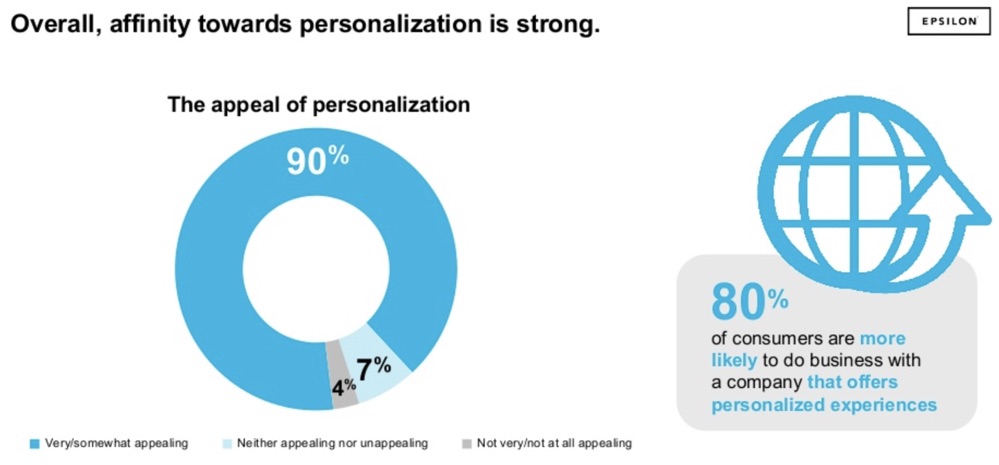
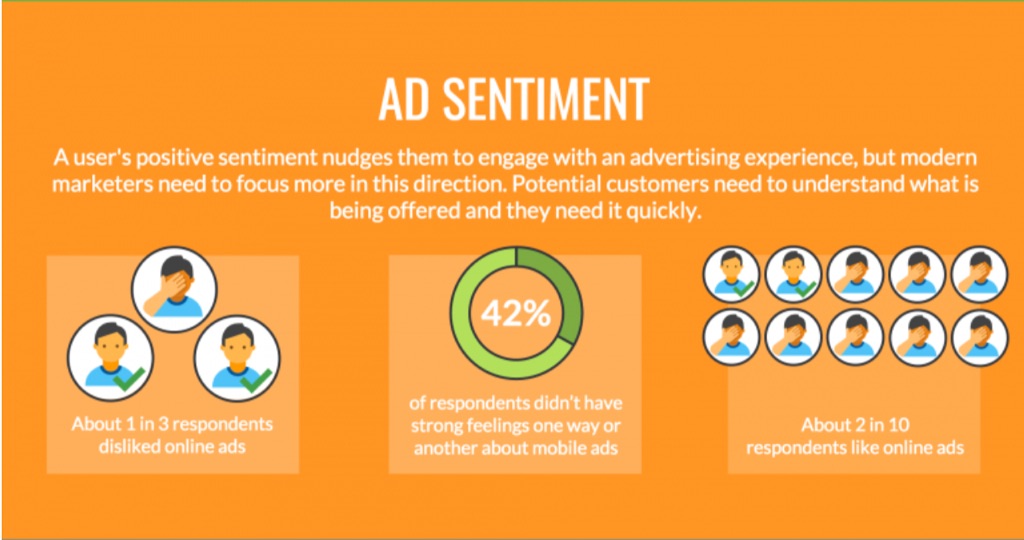
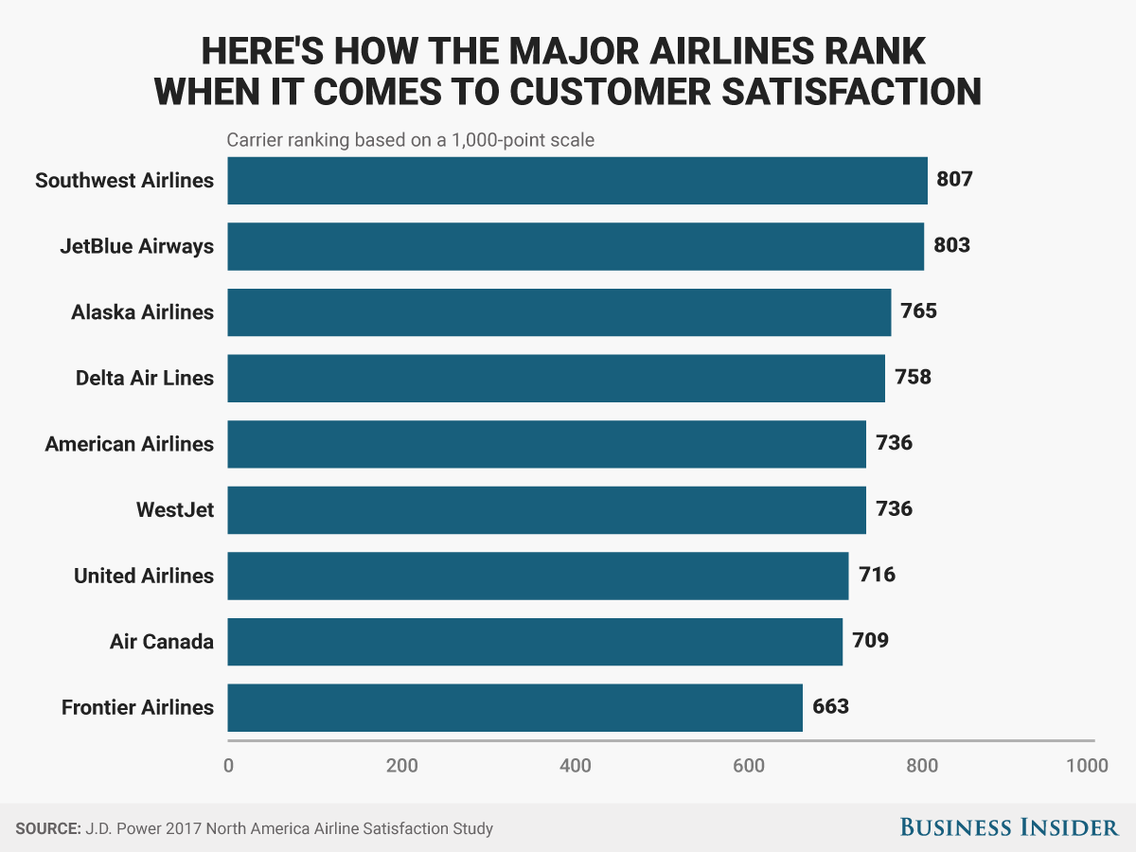

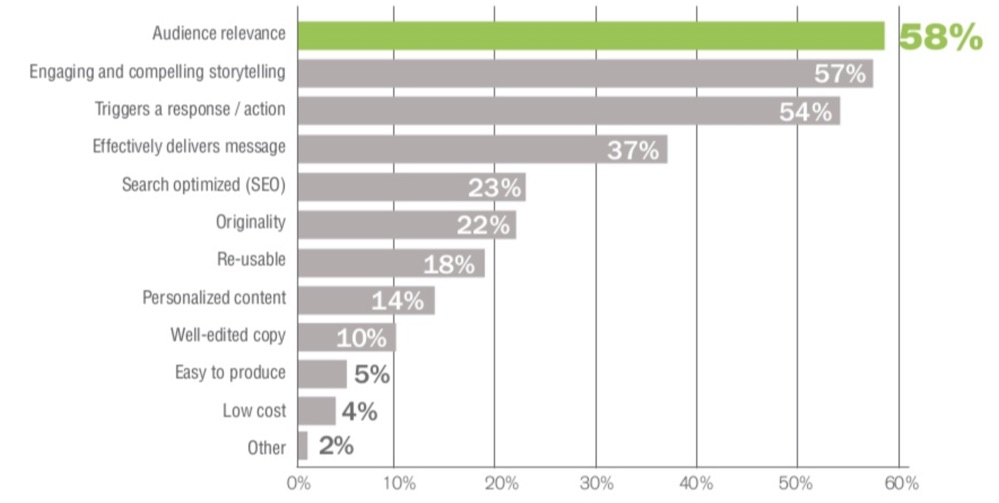
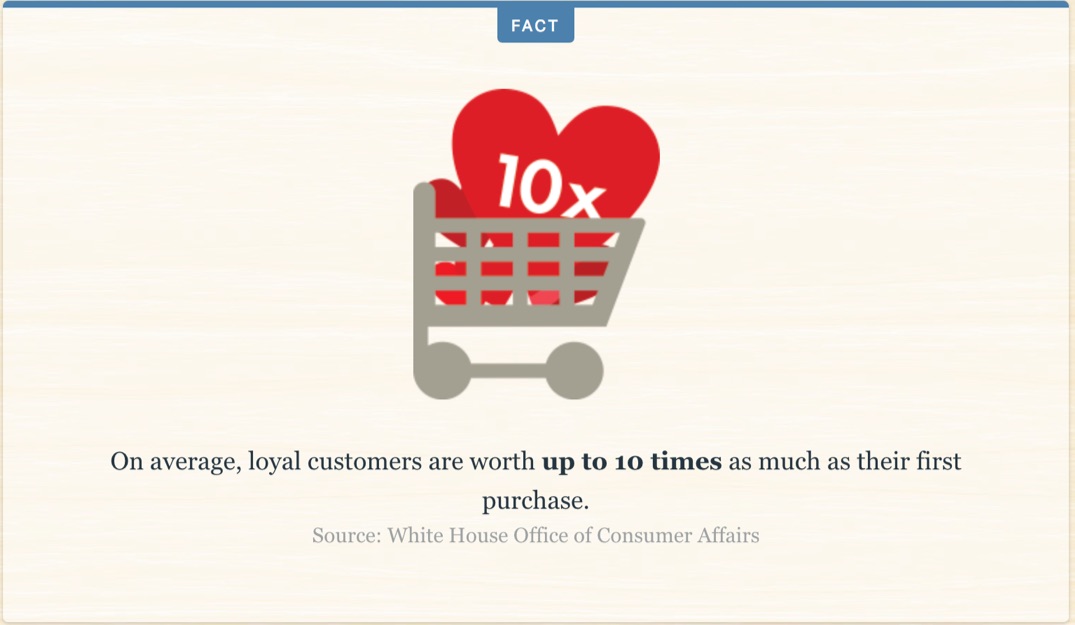

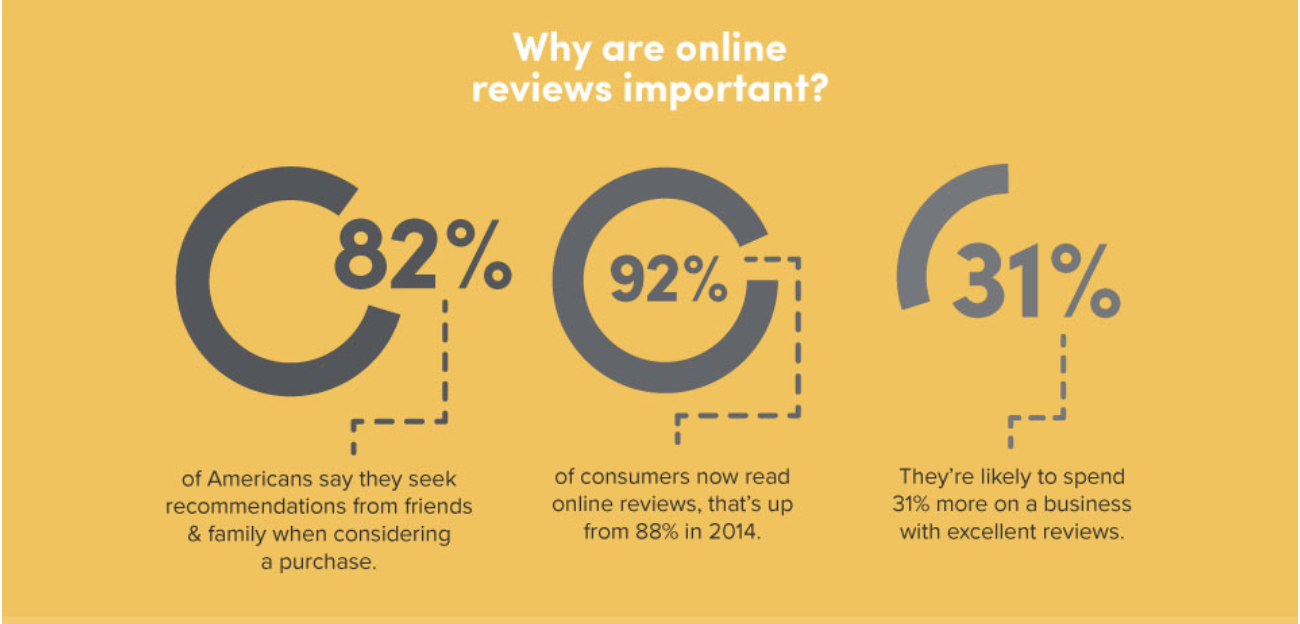
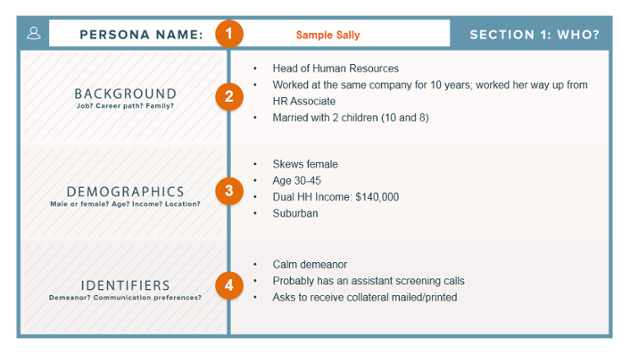

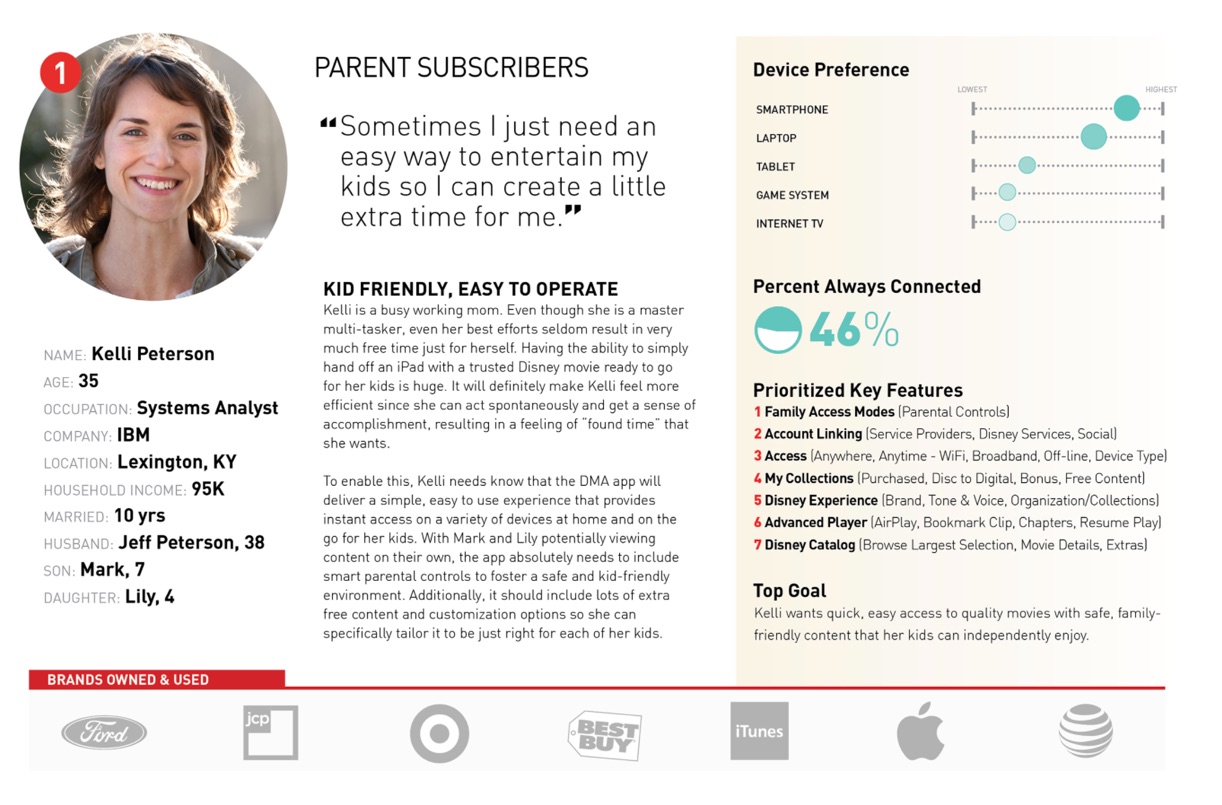
No comments:
Post a Comment